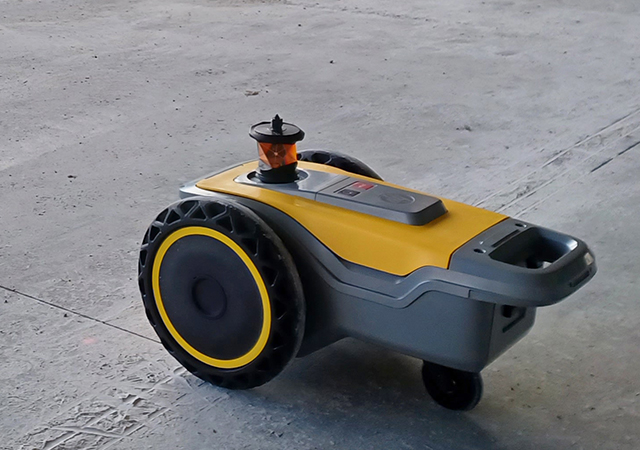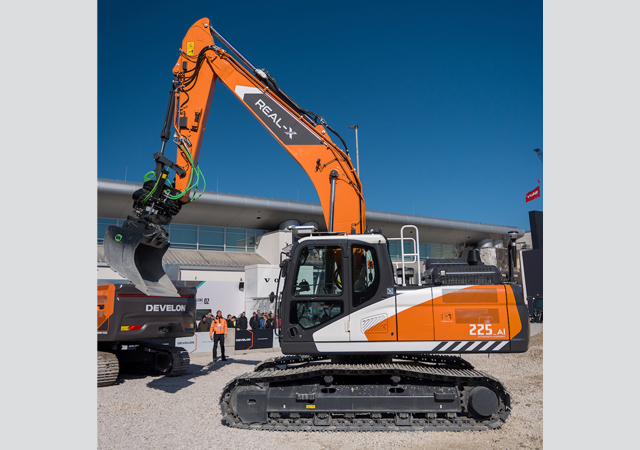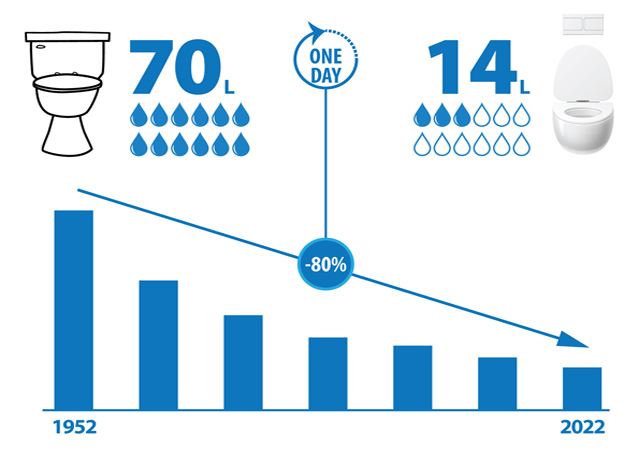

MASA, the leading pest control specialist in Saudi Arabia, has recently registered what it describes as the most effective gel bait system to get rid of cockroaches in hotels, restaurants, kitchens and other food preparation areas that are among areas that are highly prone to infestation.
According to Naimul Hasan, an entomologist in Masa’s research and development (R&D), the Acmegel contains 2.15 per cent Imidacloprid, as found in renowned brands but is available at a more economical price and is more efficacious.
“Acmegel is suitable to use to control cockroaches in public buildings, such as hotels, palaces, luxury villas, hospitals, schools, prisons and mosques; commercial and industrial premises, such as factories, shops, workshops, aircraft, vehicles, railway stock and ships, and luxury buses; food handling areas, such as food manufacturing premises, commercial kitchens, restaurants, food stores, warehouses, retail outlets; and domestic premises such as kitchens,” says Hasan.
It is most effective when placed within or close to cockroach harborages, foraging and feeding areas. These are typically areas that are dark, warm, damp and rain undisturbed, such as behind refrigerators and in electrical conduits and equipment.
“For the best results, the area to be treated should be cleaned and tidied before treatment, paying particular attention to the removal of alternative food sources,” he says.
Hassan stresses the importance of eliminating the risk of cockroach infestation, given the considerable volume of evidence to incriminate a number of cockroaches as potential carriers of disease.
“Their status as pests is reinforced by the fact that they are usually associated with poor standards of hygiene. Thus, to the vast majority of people, cockroaches in the home and place of work are psychologically disturbing and to some can cause considerable mental distress,” he says.
At present there are about 3,500 known species, mostly of tropical origin, and perhaps as many more, which have not been named or described. However, three most common species of cockroaches that infest hotels, restaurants, kitchens and other food preparation areas are German, American and oriental cockroaches.
Elaborating on cockroaches and the need to ensure high hygienic standards in buildings, he says: “Cockroaches show considerable variation in their association with buildings. Some species live entirely outdoors while others live and breed within building structures and are rarely, if ever, encountered in their natural environments. Between these two extremes lie many species with which we have casual or accidental association.
“People living in urban, highly-sanitised areas are rarely aware of the truly tremendous cockroach infestations that may exist under poor hygienic conditions. The extent to which pest species of cockroaches, under poor conditions of hygiene and sanitation, are accidental carriers of infections is largely unknown.
“Cockroaches are associated with so many diseases carried by pathogenic bacteria infecting cockroaches from sewers, hospital wards and other locations. The diseases include lesions and infections of the urinary tract, boils, abscesses, infections of genital urinary tract and intestine, enteric fever and gastroenteritis, food poisoning, typhoid fever, intestinal infections, summer diarrhea in children, bubonic plague, and leprosy. Viruses and protozoa are also carried by cockroaches.
“In addition, cockroaches serve, naturally, as the intermediate hosts for 12 species of Helminths including the eggs of various hookworms and the larvae of many roundworms.”










 BIG.jpg)

.jpg)

























.jpg)


















